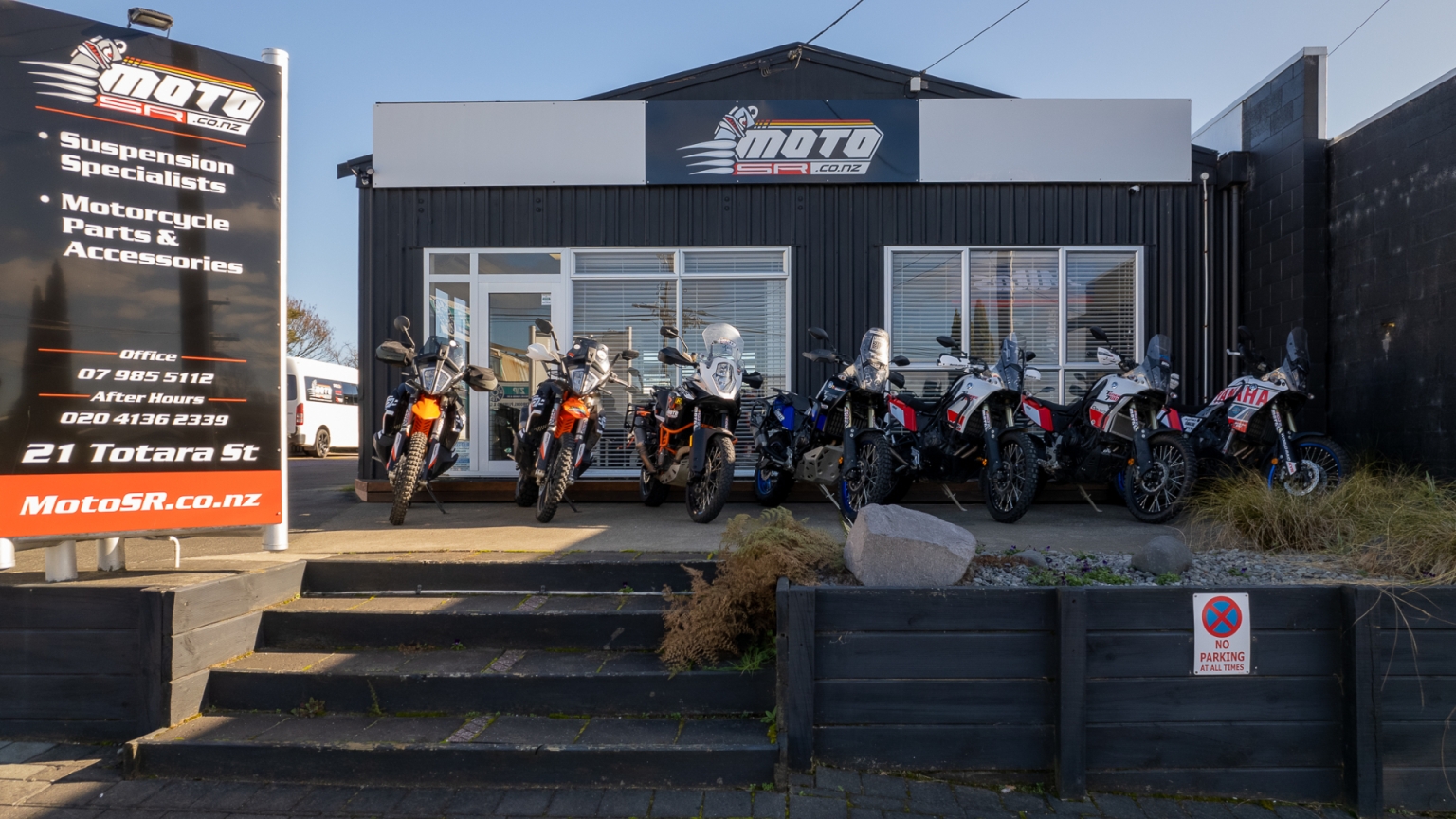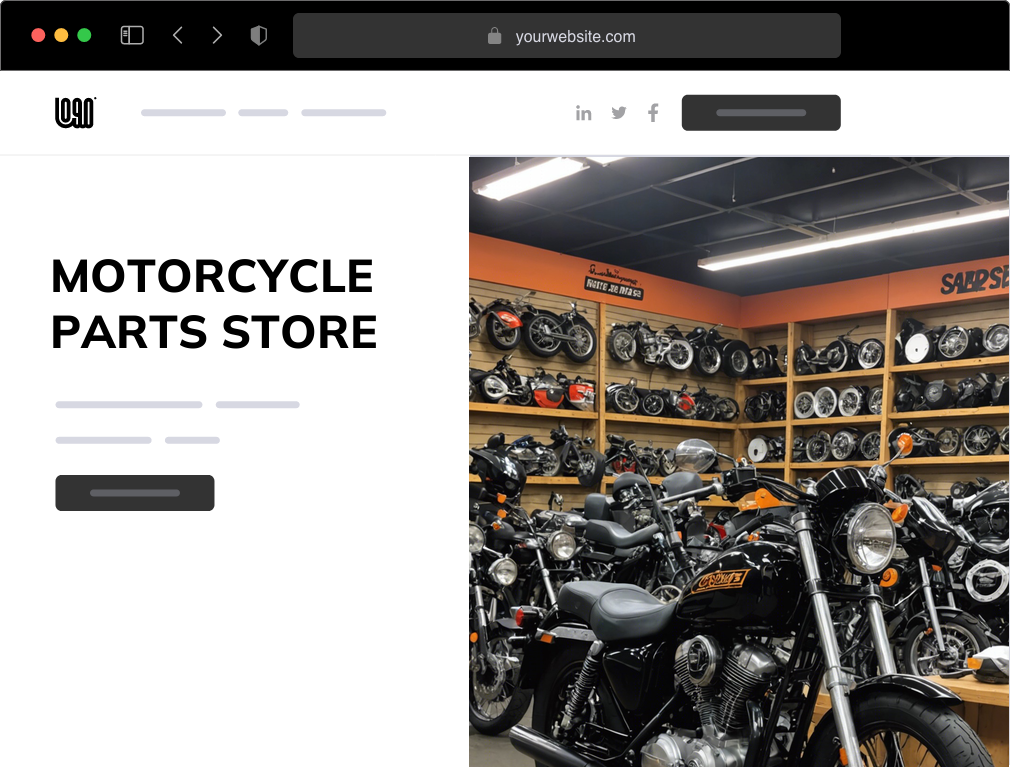Must-Have Motocross Gear: Boost Your Riding Experience Today
Must-Have Motocross Gear: Boost Your Riding Experience Today
Blog Article
Recognizing the Necessary Parts of a Motorbike: A Comprehensive Guide for Enthusiasts
For bike lovers looking to boost their riding experience and ensure their bikes run efficiently, understanding the important elements of a bike is paramount. Each aspect, from the engine's elaborate workings to the essential role of the stopping mechanisms, not just affects efficiency but additionally safety and security and convenience. This guide will walk with the fundamental parts that every rider ought to be familiar with, enabling notified options in both maintenance and potential upgrades. As we start this exploration, one must ask: exactly how does each element connect to produce the smooth ride every lover seeks?
Engine Parts

The camshaft plays an essential duty in managing the timing of the engine's valves, making sure the exact opening and closing required for reliable gas and air intake, as well as exhaust expulsion. This timing is essential to preserving ideal engine efficiency and efficiency. Furthermore, the carburetor or gas injection system, depending on the motorbike design, is in charge of blending air with fuel in the appropriate proportion for combustion.
The air conditioning system, either air or liquid-based, works to keep the engine's temperature within functional limits, protecting against getting too hot and ensuring durability - moto parts nz. Each element, carefully designed and incorporated, adds to the seamless operation of the engine, specifying the motorbike's power result and general efficiency
Transmission System
Integral to the motorcycle's performance, the transmission system makes certain reliable power transfer from the engine to the wheels. This system comprises several crucial elements, consisting of the clutch, transmission, and last drive, each playing an important function in equating the engine's power right into movement. The clutch, typically operated by a hand lever, serves to involve and disengage the engine from the transmission, permitting smooth gear adjustments and controlled acceleration.
The transmission, usually described as the transmission correct, has a set of gears that cyclists can manually shift through to readjust the bike's rate and torque outcome. These equipments are arranged in a series that makes it possible for the bike to accelerate smoothly and keep optimal engine performance across numerous rates. A lot of bikes use a sequential gearbox, calling for the cyclist to change equipments in a fixed order.
Braking Mechanisms
While comprehending the transmission system is key to utilizing a motorcycle's power, equally vital is the capacity to manage and stop that power efficiently, which is where stopping mechanisms enter into play. Brakes are important for safety and efficiency, giving the motorcyclist with the required control to browse various surfaces and problems. Generally, bikes feature 2 kinds of braking systems: disc brakes and drum brakes.
Disc brakes are more prevalent in modern bikes because of their superior efficiency. They contain a brake disc, caliper, and pads. When turned on, the caliper presses the brake pads against the rotating disc, transforming kinetic energy into warmth, thus reducing the wheel. This system provides far better heat dissipation, constant efficiency, and enhanced quiting power, especially in wet problems.
On the other hand, drum brakes, though much less usual, are still found in some bikes. They function by pressing brake footwear against the inner surface area of a drum attached to the wheel. While normally much less efficient in warmth dissipation and quiting power, drum brakes are less complex and extra economical.
Comprehending these stopping systems' nuances permits cyclists to maintain their bikes properly and value the engineering that makes sure safe and efficient stopping.
Suspension and Steering
Suspension and steering systems are crucial components that significantly influence a motorcycle's handling and trip comfort. The suspension system, containing forks at the front and shock absorbers at the rear, soaks up road abnormalities, webpage boosting security and control. Front forks, inverted or usually telescopic, compress and rebound to alleviate influences, while top article back shock absorbers preserve tire contact with the roadway, essential for traction and safety and security.
Guiding, focused around the handlebars, connects the rider to the motorcycle's directional control. The guiding head bearings ensure smooth procedure, permitting exact maneuverability. Correct positioning and upkeep of these bearings are crucial for foreseeable steering response and reducing biker exhaustion.
The suspension's adjustability is one more essential facet; preload, damping, and rebound setups permit modification to fit various riding problems and styles. This adaptability is essential for maximizing efficiency, whether browsing urban roads or dealing with rugged tracks. Innovations like electronic shock absorber use real-time adjustments, boosting trip top quality across diverse terrains.

Electric Systems
After ensuring a smooth and regulated experience through efficient suspension and steering systems, attention transforms to the electric systems, an essential facet of modern bikes. These systems play an essential duty not just in starting the engine however additionally in powering various parts that improve the performance and safety of the motorbike.
At the heart of a motorbike's electric system is the battery, which shops electric energy needed for beginning the engine and powering supporting systems - motorbike shop. The generator or generator, paired with the rectifier-regulator, makes certain the battery continues to be billed while the bike is in procedure, converting mechanical energy into electric power and keeping voltage degrees
The ignition system, an additional critical part, is look at this web-site accountable for stiring up the air-fuel mixture in the engine's cyndrical tubes. Modern bikes usually use a digital ignition system, using higher efficiency and integrity compared to standard systems.
Lighting systems, including headlights, tail lights, and signs, are additionally essential, making sure visibility and security for the cyclist. Added electronic parts such as sensors, control devices, and displays add to sophisticated attributes like fuel injection administration, anti-lock stopping systems (ABDOMINAL), and digital dashboards, additionally boosting the riding experience.
Final Thought
An extensive comprehension of a motorcycle's essential components, consisting of the engine, transmission system, stopping mechanisms, suspension, steering, and electric systems, is crucial for lovers aiming to optimize comfort, safety, and performance. Proficiency of these elements permits for educated choices concerning maintenance and upgrades, eventually improving the riding experience. By integrating this knowledge, motorcyclists can ensure their bikes run at peak efficiency and dependability, thereby making best use of both enjoyment and longevity of their cars.
For motorcycle lovers looking to boost their riding experience and ensure their bikes run smoothly, comprehending the necessary parts of a bike is critical.Indispensable to the bike's performance, the transmission system guarantees efficient power transfer from the engine to the wheels.While comprehending the transmission system is crucial to utilizing a bike's power, equally vital is the ability to manage and stop that power properly, which is where braking mechanisms come into play. Normally, motorbikes include two types of stopping systems: disc brakes and drum brakes.
A thorough comprehension of a bike's necessary components, including the engine, transmission system, braking systems, suspension, steering, and electric systems, is crucial for enthusiasts aiming to optimize performance, safety, and comfort.
Report this page